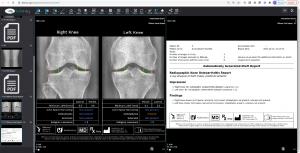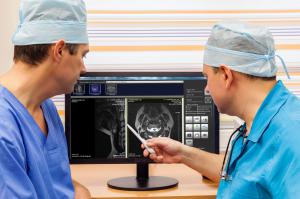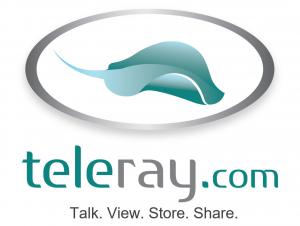Orthopedic Surgeons Prefer Reading Images Over Reports
Why are radiologist read services are declining in orthopedic practice
Modern medicine is no longer conceivable without radiology, and every clinical subspecialty uses imaging methods to facilitate diagnostics and improve patient management. This has resulted in increased exposure to imaging in the daily clinical routine and improved image interpretation by referring physicians. Consequently, radiologists themselves have increasingly faded into the background, often with little patient contact and moderate interaction with referring colleagues.
Orthopedic surgery is one of the subspecialties where imaging is a standard of care and planning. It has become common practice for orthopedics to assess radiology images of their patients without a read from a radiologist. The development of interpretation expertise of this specialized referrer group has led to the common perception among radiologists that orthopedic surgeons are only interested in the original imaging data, while the written radiology report is rarely consulted by them.
There is no clear data on the use of reports in orthopedics from radiologists, however, there is a clear groundswell in the number of orthopedics doing their own interpretations, foregoing the services of radiologists. The increasing shortage of orthopedics and radiologists has exacerbated the difficulty of providing convenient and timely care to patients.
The American Academy of Orthopedic Surgeons (AAOS) states that “…Orthopedic surgeons are experienced in diagnostic radiologic methods and are fully competent to supervise the performance and interpretation of imaging studies in their offices for the evaluation and management of musculoskeletal conditions. Orthopedic surgeons perform the immediate and timely interpretation of imaging studies, correlate these studies with clinical findings, and assume the responsibility for determining the treatment of the musculoskeletal patient. The quality and accuracy of imaging studies and interpretations performed by orthopedists are consistently high.”
The AAOS has their annual show March 8-10 in Las Vegas where TeleRay will be displaying their all-in-one solution for orthopedics to store, manage, and read images on an FDA-approved viewer, anywhere on any device. Tele Ray’s CEO, Tim Kelley, noted “Due to their proximity to the patient and image interpretation expertise, Orthopedics add functional, anatomical, physical and clinical assessments that, in combination, provide a more holistic patient view than that of a remotely read radiologist report”. He continued “Ultimately the orthopedic determines the course of treatment and in many cases, time is of the essence”.
Many imaging systems do not adhere to universal DICOM standards and compromise the sharing of images and associated reports between care sites. These barriers to access have added to the need for internal reads of patient images. TeleRay CTO, Cody Neville explained- “the difficulty accessing images between facilities such as imaging centers, clinics and hospitals and CDs, cause significant delays along with unnecessary rescans and added cost.” He added “This is one of the reasons TeleRay converts all imaging and results data into a universally readable format for all disciplines and patients to be able to share and view anywhere”.
TeleRay will be displaying their platform at the AAOS show in Las Vegas in booth 3112.
About TeleRay: TeleRay is a technology leader with the only radiology platform for the management and distribution of medical images and patient information with built in telehealth. Offering the most secure platform for interactive consultation while viewing images, reports, while still seeing each other, including family members or specialists on a multi-person call. TeleRay is widely recognized as the most reliable and advanced platform on the market, with multiple filed patents at the best value. With more than 3000 users, along with 70% of the top 50 medical centers including Cleveland Clinic, Cedars-Sinai, Harvard, Cornell, Columbia, Northwestern, Shriners, Barnes-Jewish, Beth Israel, UPMC, UPENN, NY Presbyterian, and many more.
Timothy Kelley
TeleRay
email us here
Visit us on social media:
Facebook
Twitter
LinkedIn
Legal Disclaimer:
EIN Presswire provides this news content "as is" without warranty of any kind. We do not accept any responsibility or liability for the accuracy, content, images, videos, licenses, completeness, legality, or reliability of the information contained in this article. If you have any complaints or copyright issues related to this article, kindly contact the author above.



